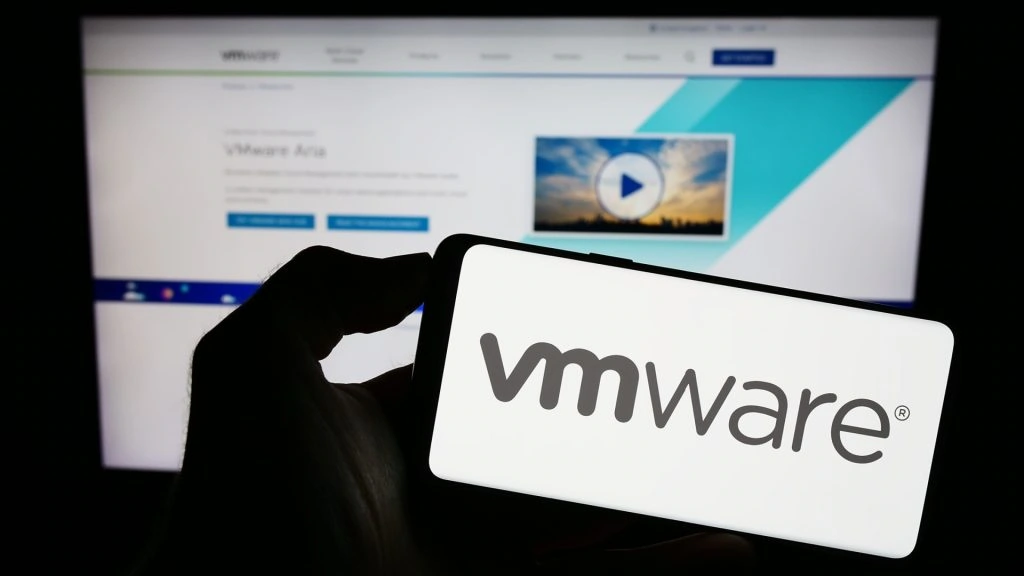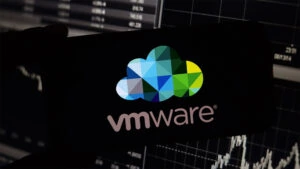Tobias Pföhler from StorMagic comments on VMware’s renewed OEM agreements with Dell, HPE, and Lenovo – and why competitors are positioning themselves.
OEMs sign VMware contracts – customers are skeptical
Recently, the three leading server OEMs Dell, Lenovo, and HPE renewed their contracts with VMware, which had previously expired. This allows them to continue selling hyperconverged systems and servers with pre-installed VMware stacks. This was a necessary step as these OEMs don’t have their own hypervisors to support their HCI solutions. However, at HPE Discover, an in-house KVM-based development by HPE was mentioned, targeting enterprise and data center solutions.
After VMware’s acquisition, Broadcom changed the licensing model for VMware products, thus increasing prices. For customers looking for alternatives, this is not good news as they now have to pay more for integrated HCI solutions. Moreover, following the acquisition, many customers doubt the future support and development of VMware products, which are crucial factors for further investments in HCI. Many customers are therefore actively seeking alternatives for their edge data and SME use cases.
The HCI market continues to grow
The market for Hyperconverged Infrastructure (HCI) has grown steadily over the past decade and continues to grow. There are many active installations, and both OEMs and Broadcom/VMware are interested in renewing these active contracts after they expire. However, the market has become dynamic, and competitors want to seize the opportunity to replace end-of-life servers with their own installations. Many customers are open to alternative solutions after the price increase and are actively looking for them. This affects all industries and company sizes, but especially many SMEs and the edge computing sector, where hyperconverged systems cover smaller branch offices.
Customers have three alternatives
Customers with VMware-based HCI systems essentially have three options: They can stay with VMware, adapt to the new licensing model, and pay the higher prices. Alternatively, they can switch to another appliance from an HCI vendor with an integrated stack, which could be cheaper. Third, they can switch to an alternative software-defined solution that can be installed on new or existing servers. These solutions include a hypervisor, advanced virtual networking, and a storage software layer. Analysts are already observing a significant increase in interest in such storage and computing architectures.
How are competitors positioning themselves to challenge VMware’s market share?
For VMware’s competitors, this is a prime opportunity to win customers looking for alternatives to their end-of-life HCI systems. Gartner estimates that VMware’s competitors will increase their market share from the current 30 percent to 60 percent by 2029. A promising option is software-defined solutions that can be installed directly on new or existing servers. These solutions not only offer options for customers but also for hardware partners who can offer lower package prices with a more affordable software stack. Partnerships like those between StorMagic and HPE as well as Lenovo already exist. Comparing price lists, customers can save up to 62 percent of licensing costs by switching from VMware to StorMagic.






